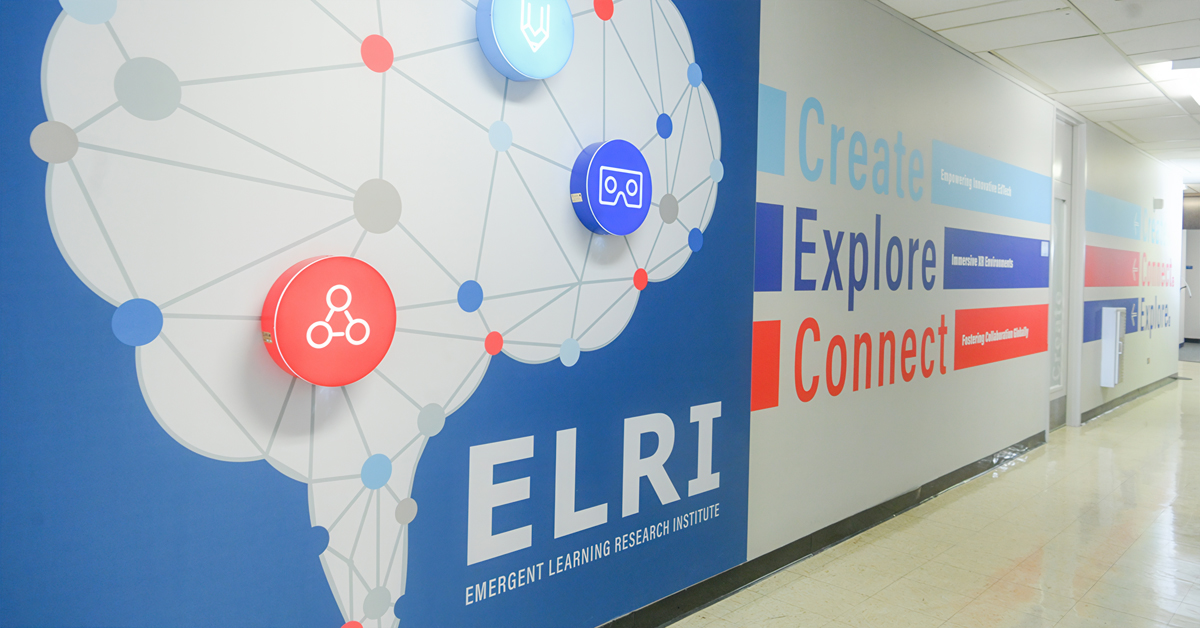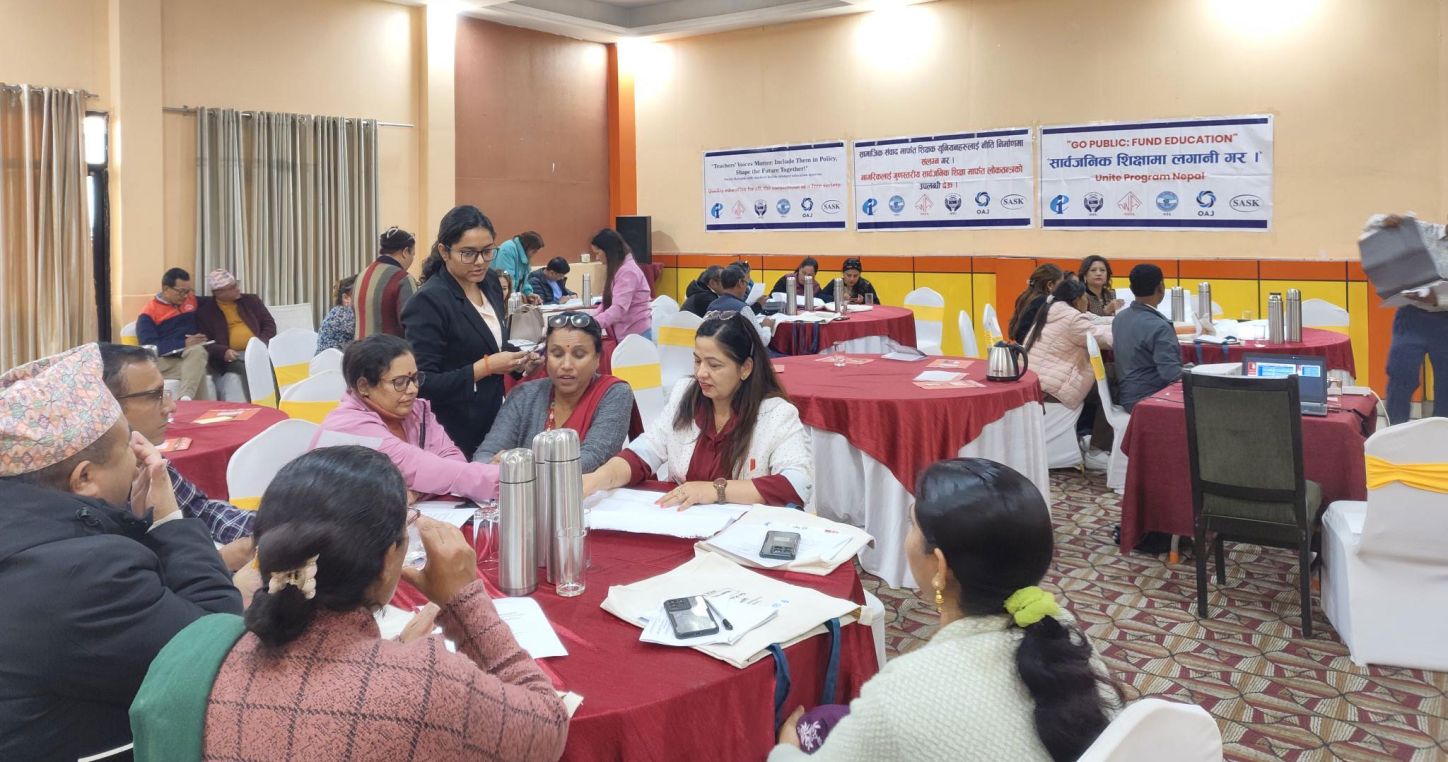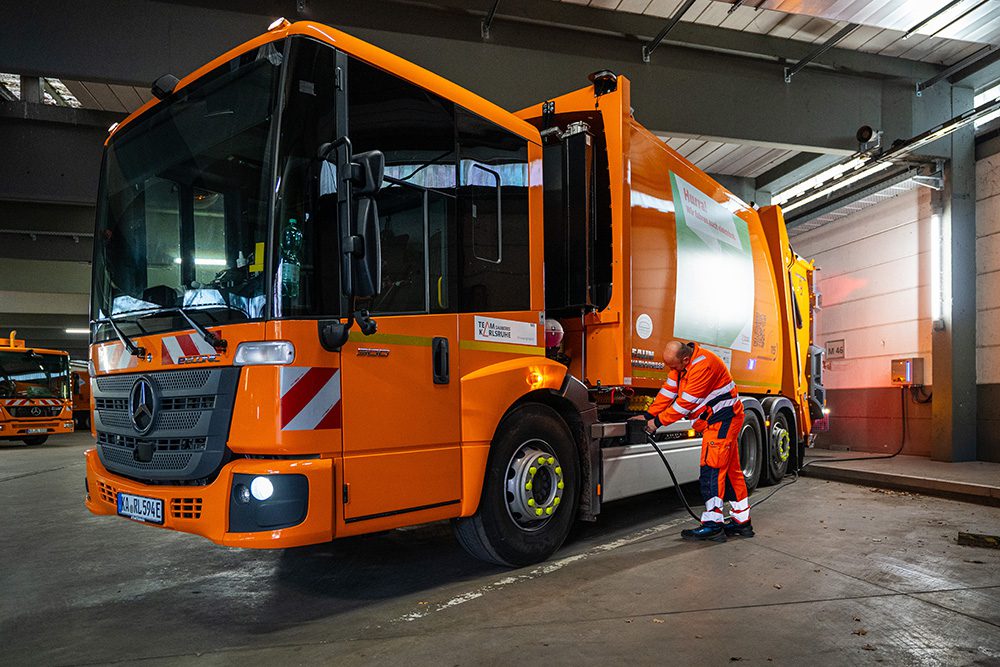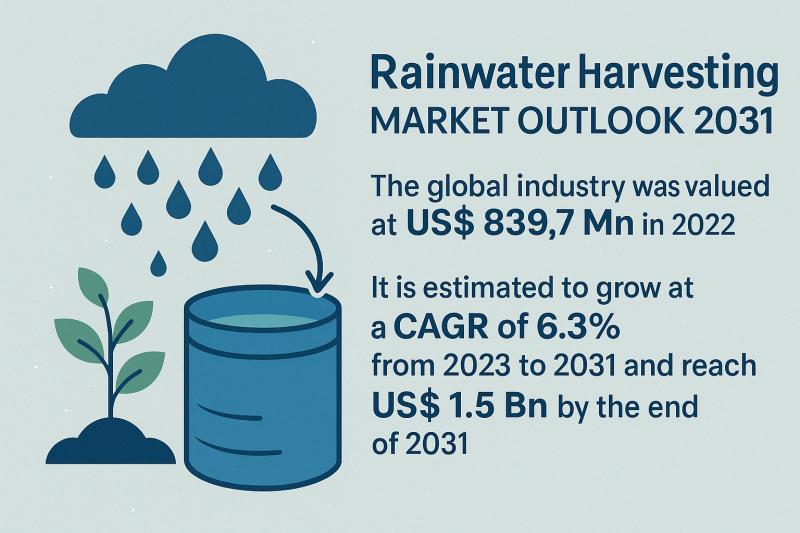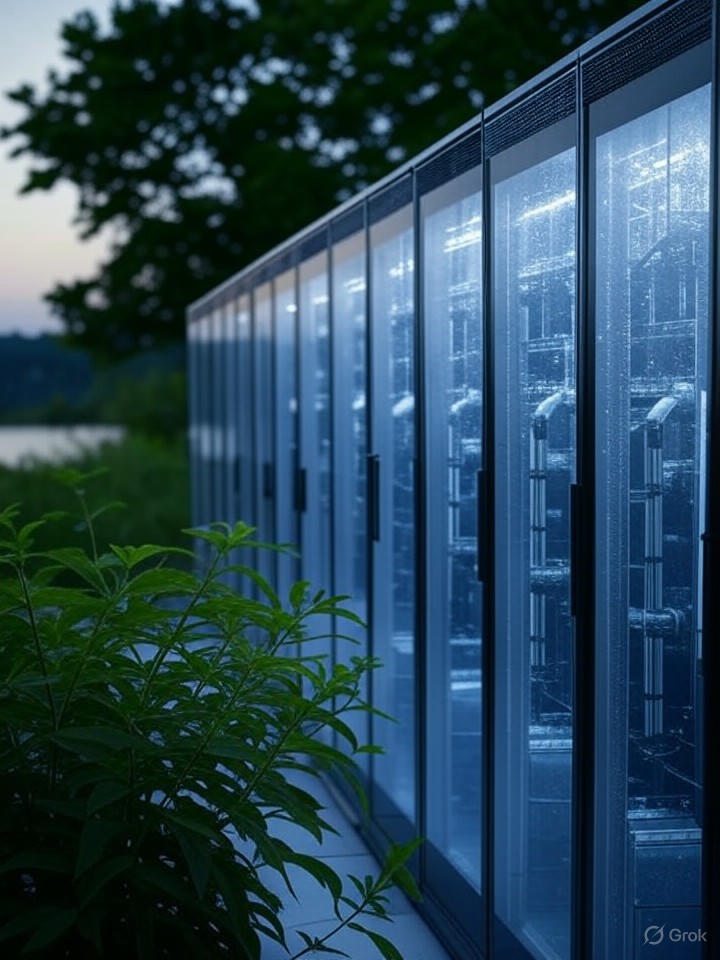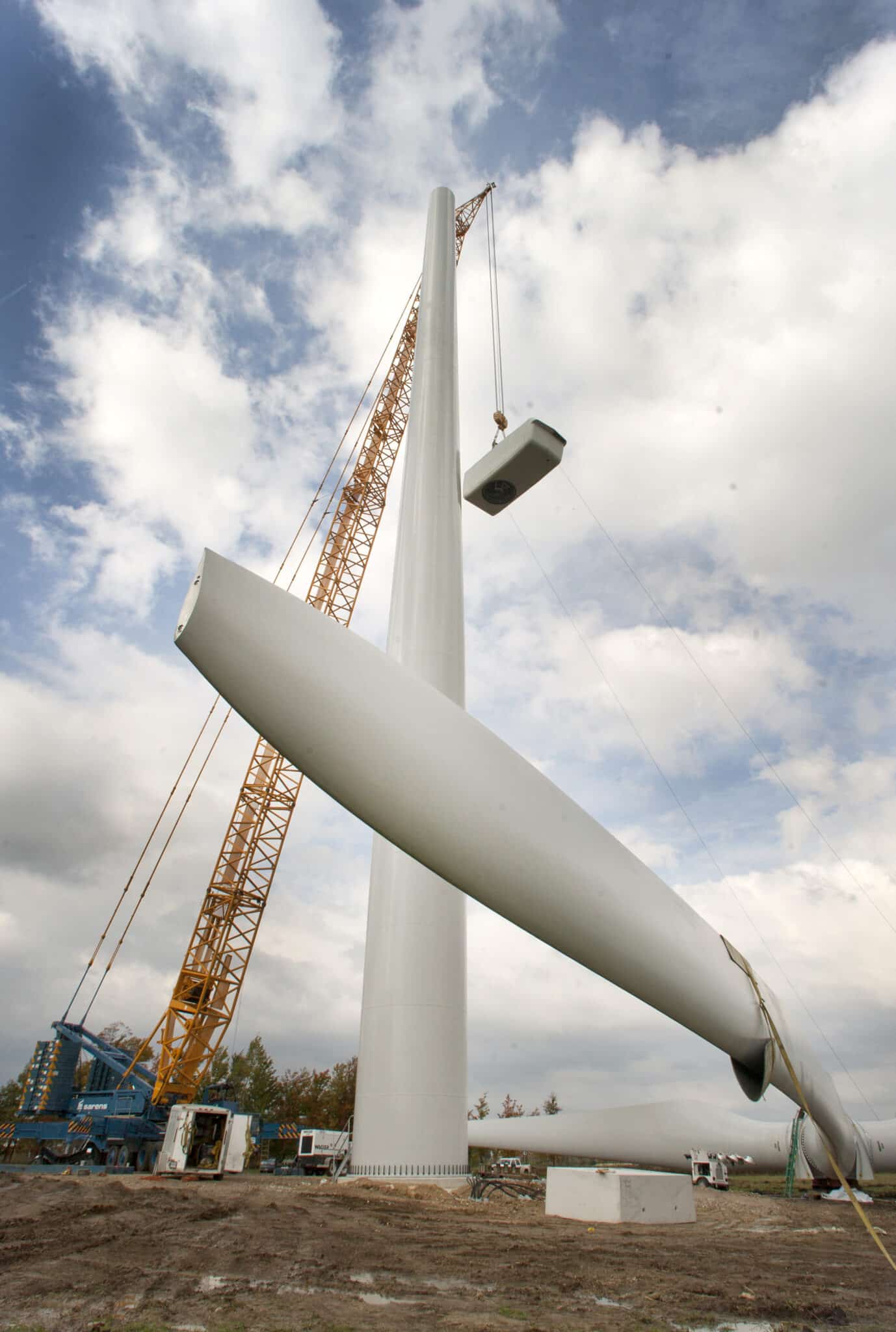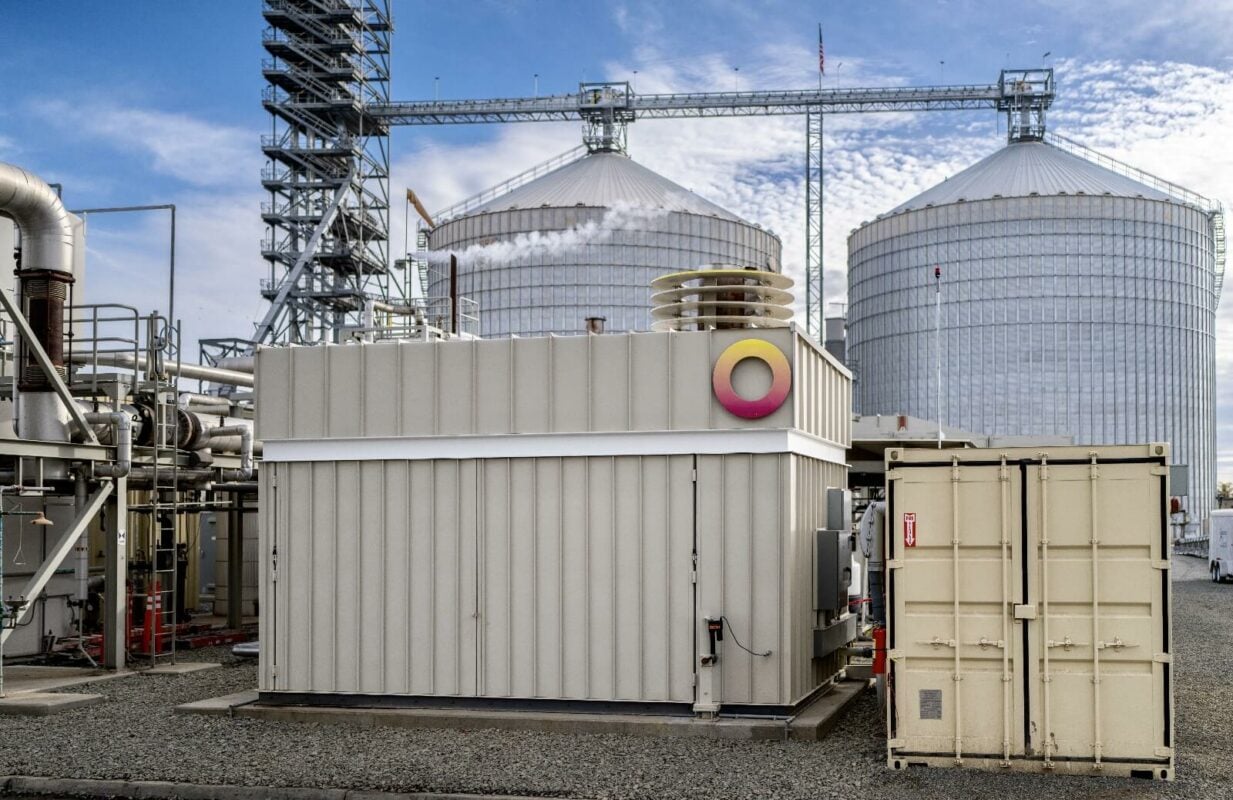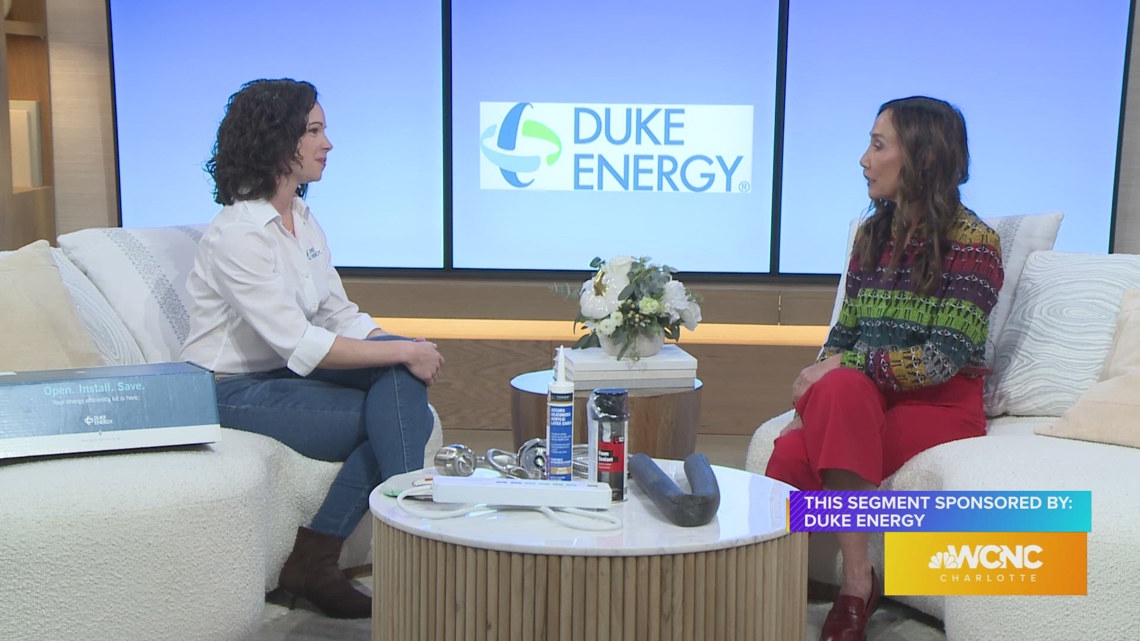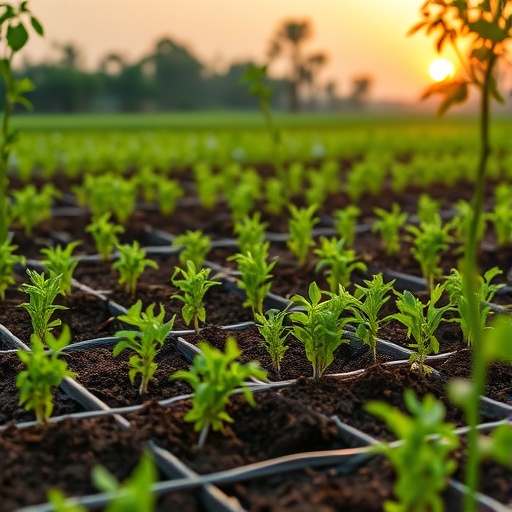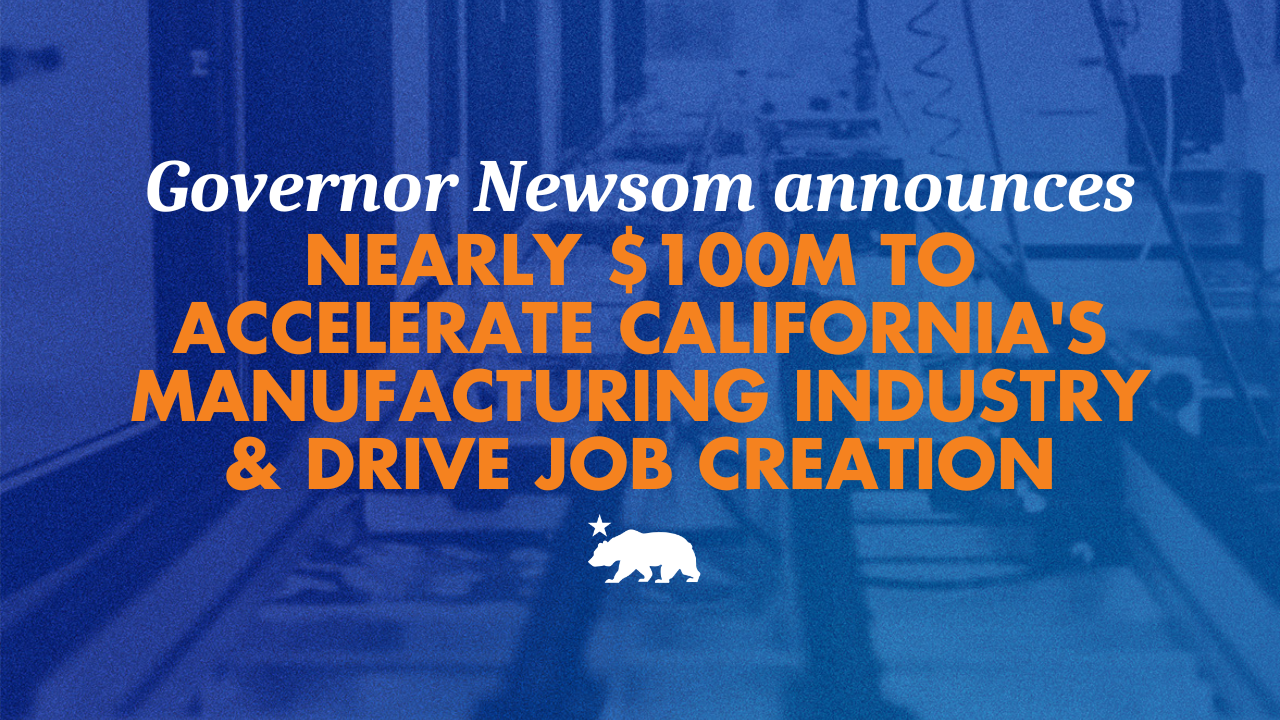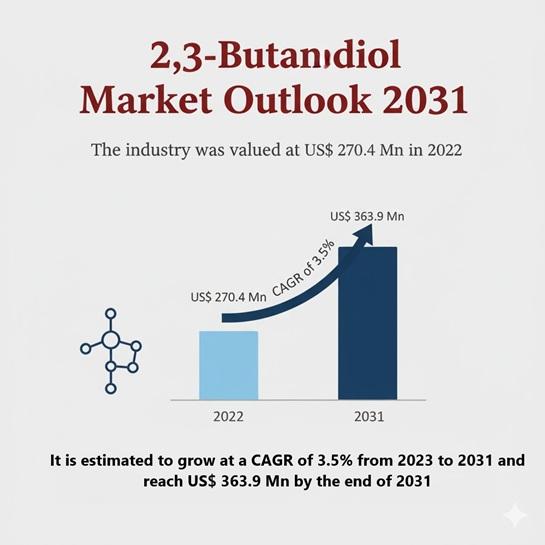invisible nanobubbles boost clean energy, water, and battery tech – Interesting Engineering

Report on Nanobubble Technology’s Contribution to Sustainable Development Goals
A recent technological advancement by Moleaer Inc. utilizes nanobubbles to enhance the performance of thin-film coatings. This innovation presents significant positive impacts on several key United Nations Sustainable Development Goals (SDGs), particularly in the sectors of clean water and clean energy.
Technological Advancement and Process Integration
Overview of the Innovation
The patent-pending process involves integrating billions of nanobubbles directly into liquid coatings during the manufacturing of thin films. These films are critical components in various clean technologies. The introduction of nanobubbles optimizes the material’s structure by improving porosity, stabilizing mixtures, and enhancing layer uniformity. This results in films with more consistent and controllable properties without altering the fundamental chemistry of the materials.
Alignment with SDG 9: Industry, Innovation, and Infrastructure
The technology’s design facilitates straightforward integration into existing production lines, representing a significant innovation in sustainable industrial processes.
- It does not require major process overhauls, lowering the barrier to adoption for manufacturers.
- It acts as an “invisible scaffolding,” improving how materials self-organize, which leads to higher-performing films with fewer defects and less waste. This directly supports the goal of building resilient infrastructure and fostering sustainable industrialization.
Direct Impacts on Key Sustainable Development Goals
SDG 6: Clean Water and Sanitation
The application of nanobubble technology in water filtration membranes has demonstrated a direct and substantial contribution to water security and sanitation targets.
- Increased Permeability: Tests on ultrafiltration membranes showed up to a 66% increase in water permeability.
- Energy Efficiency: Higher permeability reduces the energy required for industrial and municipal water treatment, lowering the operational carbon footprint and costs, which is crucial for achieving universal and equitable access to safe water.
- Maintained Quality: The performance gains were achieved without compromising the structural integrity of the membranes or the quality of the filtered water.
SDG 7: Affordable and Clean Energy
The technology significantly enhances the efficiency and output of multiple clean energy systems, accelerating the transition to affordable, reliable, and sustainable energy for all.
- Proton-Exchange Membrane (PEM) Fuel Cells: Power output was increased by up to 20% from the same active area, enabling the development of more compact, cost-effective, and powerful systems for transport and portable applications.
- Green Hydrogen Production: In PEM water electrolyzers, the technology yielded a 17% improvement in current density. This reduces the electricity consumed per kilogram of hydrogen produced, a critical factor for the economic viability and scalability of green hydrogen.
- Lithium-ion Batteries: Enhanced thin films led to faster charging capabilities, improved capacity retention, and superior performance at high C-rates, contributing to longer battery lifespans and more robust energy storage solutions.
SDG 12 and SDG 13: Responsible Consumption and Production & Climate Action
By improving the efficiency of foundational clean technologies, this innovation directly addresses the urgent need for climate action and promotes sustainable production patterns.
- Resource Efficiency (SDG 12): The process leads to higher-performing components from the same amount of material, reducing waste and improving resource efficiency in manufacturing.
- Climate Change Mitigation (SDG 13): By making fuel cells, green hydrogen, and batteries more efficient and powerful, the technology helps accelerate the displacement of fossil fuels, thereby contributing to the global effort to combat climate change.
Conclusion and Commercial Outlook
The nanobubble-enabled thin-film process developed by Moleaer offers a scalable and cost-effective solution that advances multiple Sustainable Development Goals simultaneously. The independently validated and peer-reviewed results confirm its potential to unlock significant performance gains in clean energy and water technologies. The company’s strategy to commercialize the technology through partnerships with leading energy and membrane manufacturers is poised to amplify its positive global impact on sustainability.
1. Which SDGs are addressed or connected to the issues highlighted in the article?
-
SDG 6: Clean Water and Sanitation
The article directly addresses this goal by detailing a technological breakthrough in water filtration. The nanobubble technology significantly improves the performance of ultrafiltration membranes, which are crucial for “industrial and municipal water treatment systems.” This innovation contributes to cleaner water and more efficient sanitation processes.
-
SDG 7: Affordable and Clean Energy
This is a central theme of the article. The technology enhances the efficiency of several clean energy systems, including “lithium-ion batteries, PEM fuel cells, [and] green hydrogen systems.” By increasing power output, improving energy density, and reducing electricity consumption for hydrogen production, the innovation directly supports the transition to more affordable and cleaner energy sources.
-
SDG 9: Industry, Innovation, and Infrastructure
The article highlights a significant “innovation” and “breakthrough” in thin-film fabrication, a foundational industrial process. The technology is described as a way to “upgrade… industries to make them sustainable” by improving manufacturing efficiency and the performance of key components used in energy and water infrastructure. The fact that it can be integrated into “existing production lines” without “major process overhauls” speaks to retrofitting and upgrading industrial capabilities.
-
SDG 12: Responsible Consumption and Production
The article touches upon this goal by explaining how the new process improves manufacturing. The technology leads to “higher-performing films with less waste and fewer defects” and allows manufacturers to “squeeze more out of the same materials.” This addresses the need for more efficient production patterns that reduce waste generation.
2. What specific targets under those SDGs can be identified based on the article’s content?
-
Target 6.4: By 2030, substantially increase water-use efficiency across all sectors…
The article provides a direct link to this target by stating that the technology resulted in “up to a 66% increase in water permeability” in ultrafiltration membranes. This enhancement makes the water treatment process more efficient, directly contributing to increased water-use efficiency in industrial and municipal sectors.
-
Target 7.2: By 2030, increase substantially the share of renewable energy in the global energy mix.
The technology supports this target by making key components of renewable energy systems more viable. The “17% improvement in current density” for PEM water electrolyzers makes green hydrogen production more economical, while improved lithium-ion batteries support energy storage from intermittent renewable sources like solar and wind.
-
Target 7.3: By 2030, double the global rate of improvement in energy efficiency.
The article is replete with examples of improved energy efficiency. It cites a “20% more power in fuel cells from the same active area” and a “17% improvement in current density” for hydrogen generation, which “means reduced electricity consumption.” These are direct contributions to improving energy efficiency in specific applications.
-
Target 9.4: By 2030, upgrade infrastructure and retrofit industries to make them sustainable, with increased resource-use efficiency and greater adoption of clean and environmentally sound technologies…
The nanobubble technology is presented as a “clean” and “environmentally sound” process that can be integrated into “existing production lines” to make them more sustainable. It increases the efficiency and performance of foundational components for clean energy and water infrastructure, directly aligning with the goal of upgrading industries.
-
Target 12.5: By 2030, substantially reduce waste generation through prevention, reduction, recycling and reuse.
The article supports this target by describing how the innovation improves the manufacturing process itself. Dr. Mohamed Abdelrahman is quoted saying the technology leads to “higher-performing films with less waste and fewer defects,” which is a clear example of waste reduction at the source of production.
3. Are there any indicators mentioned or implied in the article that can be used to measure progress towards the identified targets?
-
Implied Indicator for Target 6.4 (Water-use efficiency)
The article provides a direct metric: “up to a 66% increase in water permeability.” This percentage increase in permeability serves as a clear, quantifiable indicator of improved efficiency in water filtration systems, directly related to Indicator 6.4.1 (Change in water-use efficiency over time).
-
Implied Indicator for Target 7.3 (Energy efficiency)
Progress can be measured using the specific figures provided. The “20% increase in power output” for fuel cells and the “17% improvement in current density at operational voltages” for hydrogen electrolyzers are direct measures of improved energy intensity, which relates to Indicator 7.3.1 (Energy intensity measured in terms of primary energy and GDP).
-
Implied Indicator for Target 9.4 (Adoption of clean technologies)
The commercialization of this technology and its adoption by “leading membrane and energy companies” would serve as an indicator. The article implies this will be tracked as “Moleaer plans to commercialize the technology through partnerships.” The number of manufacturing lines retrofitted with this technology would be a tangible measure.
-
Implied Indicator for Target 12.5 (Waste reduction)
The statement that the process leads to “less waste and fewer defects” implies that a quantifiable reduction in material waste per unit of production could be measured. This would align with tracking waste generation (related to Indicator 12.5.1) within the manufacturing sector.
4. SDGs, Targets and Indicators Table
| SDGs | Targets | Indicators (Mentioned or Implied in Article) |
|---|---|---|
| SDG 6: Clean Water and Sanitation |
|
|
| SDG 7: Affordable and Clean Energy |
|
|
| SDG 9: Industry, Innovation, and Infrastructure |
|
|
| SDG 12: Responsible Consumption and Production |
|
|
Source: interestingengineering.com

What is Your Reaction?
 Like
0
Like
0
 Dislike
0
Dislike
0
 Love
0
Love
0
 Funny
0
Funny
0
 Angry
0
Angry
0
 Sad
0
Sad
0
 Wow
0
Wow
0





